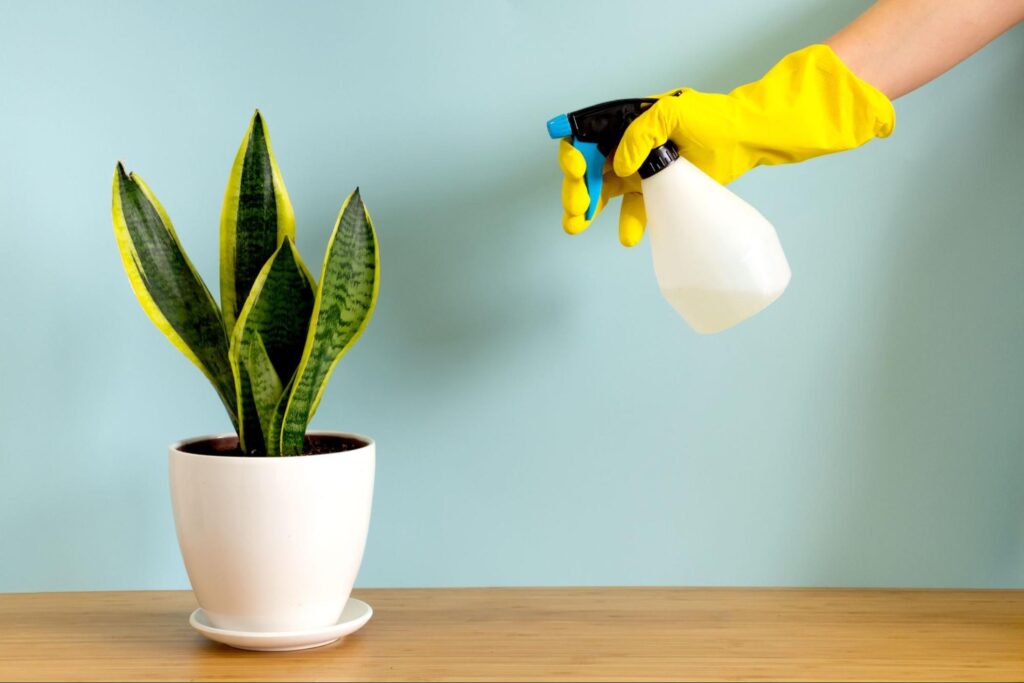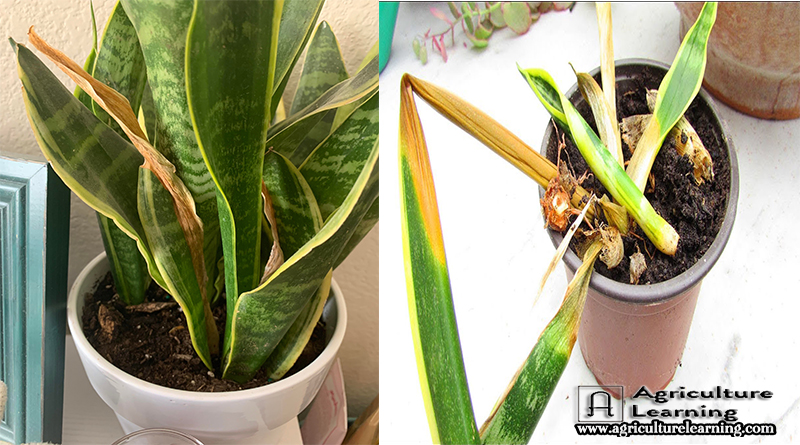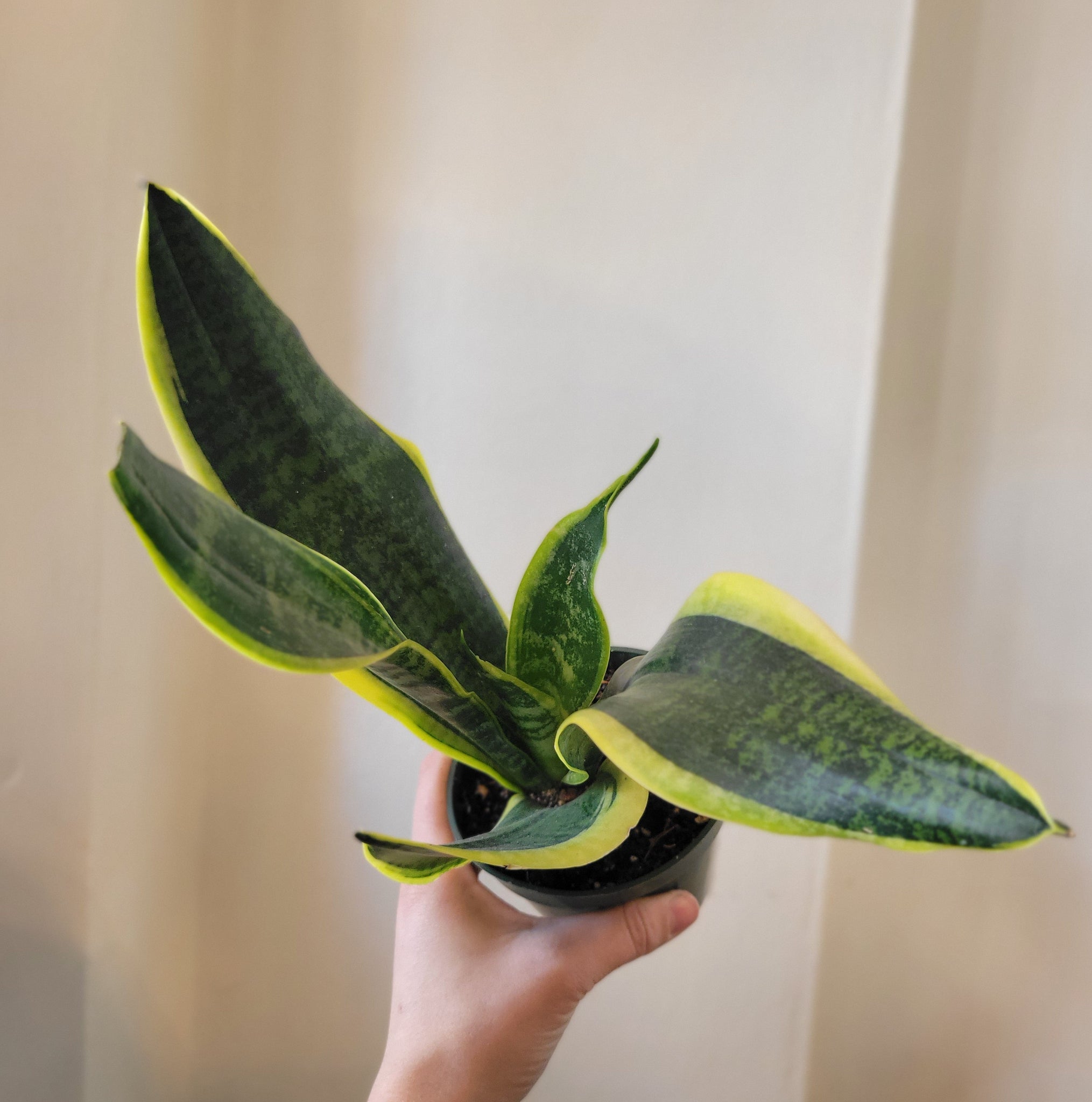Snake Plant Leaves Turning Yellow for Beginners
Table of ContentsSome Known Details About Snake Plant Leaves Turning Yellow Snake Plant Leaves Turning Yellow for BeginnersSee This Report on Snake Plant Leaves Turning YellowAll about Snake Plant Leaves Turning Yellow4 Easy Facts About Snake Plant Leaves Turning Yellow ShownThe Best Guide To Snake Plant Leaves Turning Yellow
A lot of symptoms of origin rot aren't noticeable to the exterior of a plant, with the exception of one indication yellowing fallen leaves. When a snake plant has yellow leaves, this is commonly a sign of overwatering leading to origin rot. Snake Plant Leaves Turning Yellow. When yellow, the leaf is basically dead because it's not getting any type of nutrients from the deteriorated originsThe best method to inspect if the plant requires watering is to stick your finger one inch right into the dirt. If the dirt is damp, you don't need to water it. If the dirt is bone completely dry, it's time to water the plant. Serpent plants actually work best in dryer conditions than damp ones, so you must just sprinkle your serpent plant when every 7-10 days.
Rather, the all-natural sunlight should be indirect. This indicates that if your snake plant rests on a windowsill or surface that is constantly in the sunlight, this is most likely the reason for the yellowing leaves. Yellow leaves imply that the plant is burning from the sun, which then ultimately turns brownish and crunchy.
Snake Plant Leaves Turning Yellow Things To Know Before You Buy
While you may assume that a home window produces an obstacle to stay clear of direct sunshine, the glass actually produces a magnifying result. The sunlight will certainly then focus on certain parts of the fallen leaves, causing burned leaves. Placing window blinds can significantly lower the sunshine strength! House plants require consistency to grow.
Any sudden changes in these needs, specifically the temperature, can lead to the stress and anxiety of a plant. That's best stress from drastic adjustments in temperature level results in yellow fallen leaves. The main reason to stay clear of placing your snake plant via continuous temperature level adjustments is that it completely impacts the dissipation procedure.

Indicators on Snake Plant Leaves Turning Yellow You Should Know
When over-fertilized, the fertilizer will do one of 2 points. It will either burn the fallen leaves, creating them to transform yellow, or it will certainly absorb way too much dampness from the soil. This will certainly avoid the plant from taking in the dampness it needs to survive, which essentially leads to a dehydrated plant.
If you assume you might have over-fertilized your snake plant, it's ideal to leave the plant alone for a few weeks to months.

Snake Plant Leaves Turning Yellow Can Be Fun For Everyone
I've seen my share of challenges with the durable Snake Plant, consisting of the mystical yellowing of leaves. Let's study the different causes behind this and how to tackle them. Actually, our excellent intentions can often harm our Snake Plants. One common source of yellow fallen leaves is. Our initial perpetrator is something that could stun you.
Think it or not, also our durable Serpent Plants run out of their dietary supply after some time. When you go to my site initially get your Snake Plant, it comes with a respectable quantity of nutrients in its potting mix.
Here's a helpful guide for you: from the pot. For a more thorough guide on repotting, inspect out our post on Serpent Plants are exotic natives, and they like their temperature stable and cozy.
The Main Principles Of Snake Plant Leaves Turning Yellow
Freezing temperature levels can damage the fallen leaves, and high temperatures or heatwaves Recommended Reading can quicken water loss and damage the proteins holding chlorophyll. When these healthy proteins are damaged, chlorophyll decreases, and the fallen leaves transform yellow. To treat this, guarantee your Serpent Plant is positioned in an area in your house with even more consistent temperature levels.
The remedy is straightforward: shift your Serpent Plant to a pot with sufficient drainage holes. This will help preserve the right dampness balance in the soil. In my experience, the sort of dirt you use for your snake plant is important. can contribute to your plant's standing water problem, and we all know that standing water is a huge no-no for snake plants.
Also the sun-loving serpent plant has its limits. Prolonged direct exposure to route sunlight damages the cells of the leaves, leading to. It's the plant's method of stating it's had a bit way too much sun! To alleviate this, move your snake plant to a spot with. Your serpent plant will certainly thank you for it.
The Snake Plant Leaves Turning Yellow PDFs

Parasites and fungal infections can suck the sap from the leaves, robbing the snake plant of nutrients and triggering the leaves to transform yellow. Apply to control the pests and fungal infections.
Serpent plant leaves are click to read susceptible to yellowing if the plant is not well cared for. Healthy and balanced snake plants have a yellow coloring around the sides of their wide, upright leaf blades.